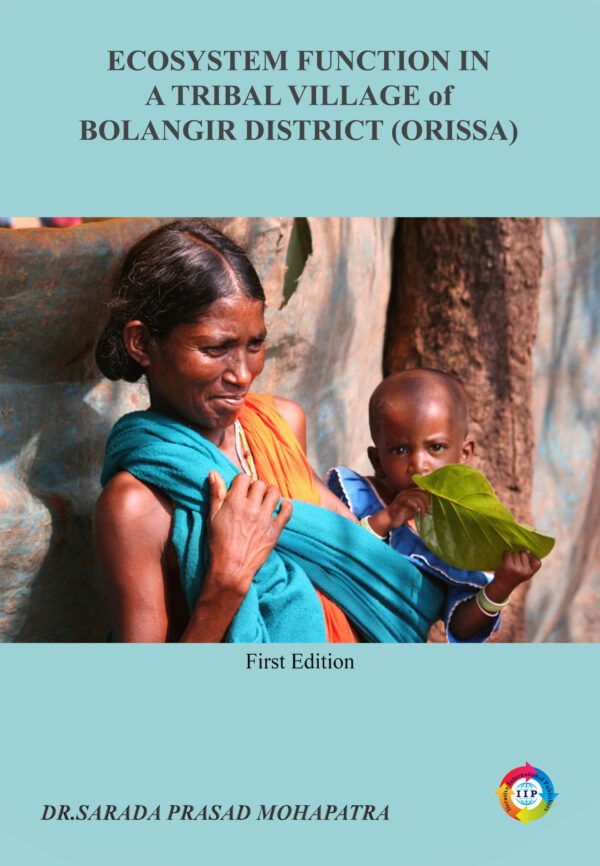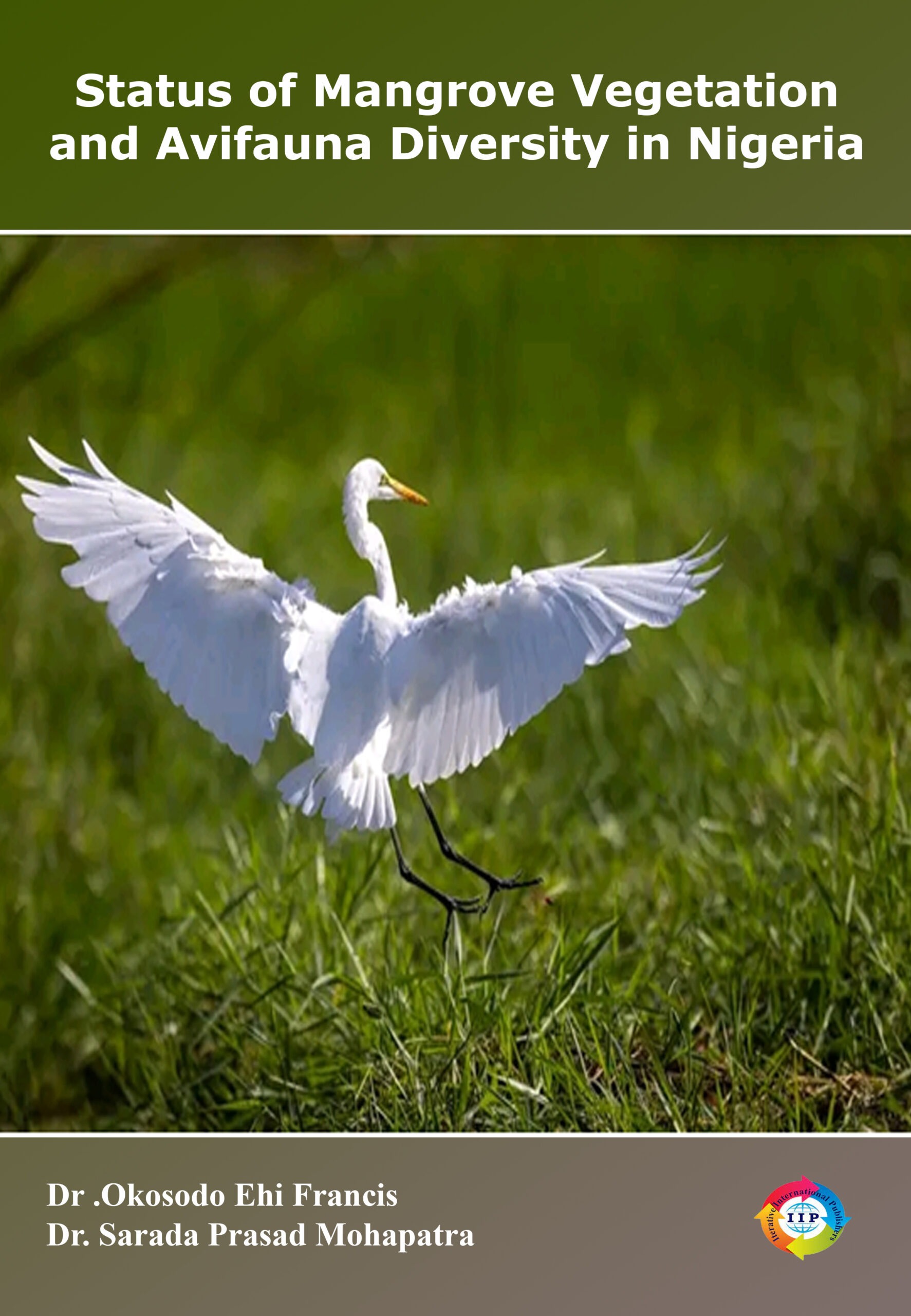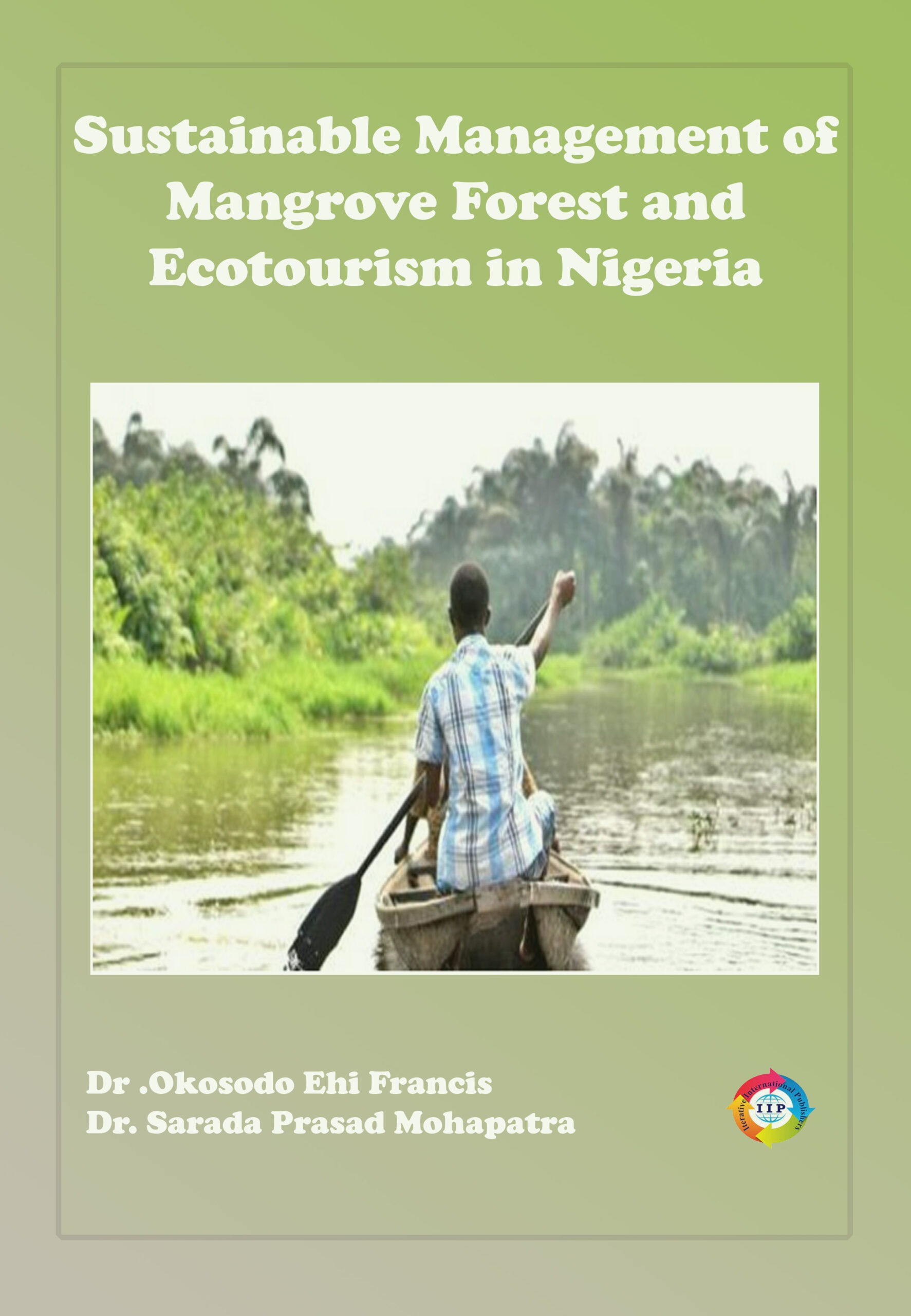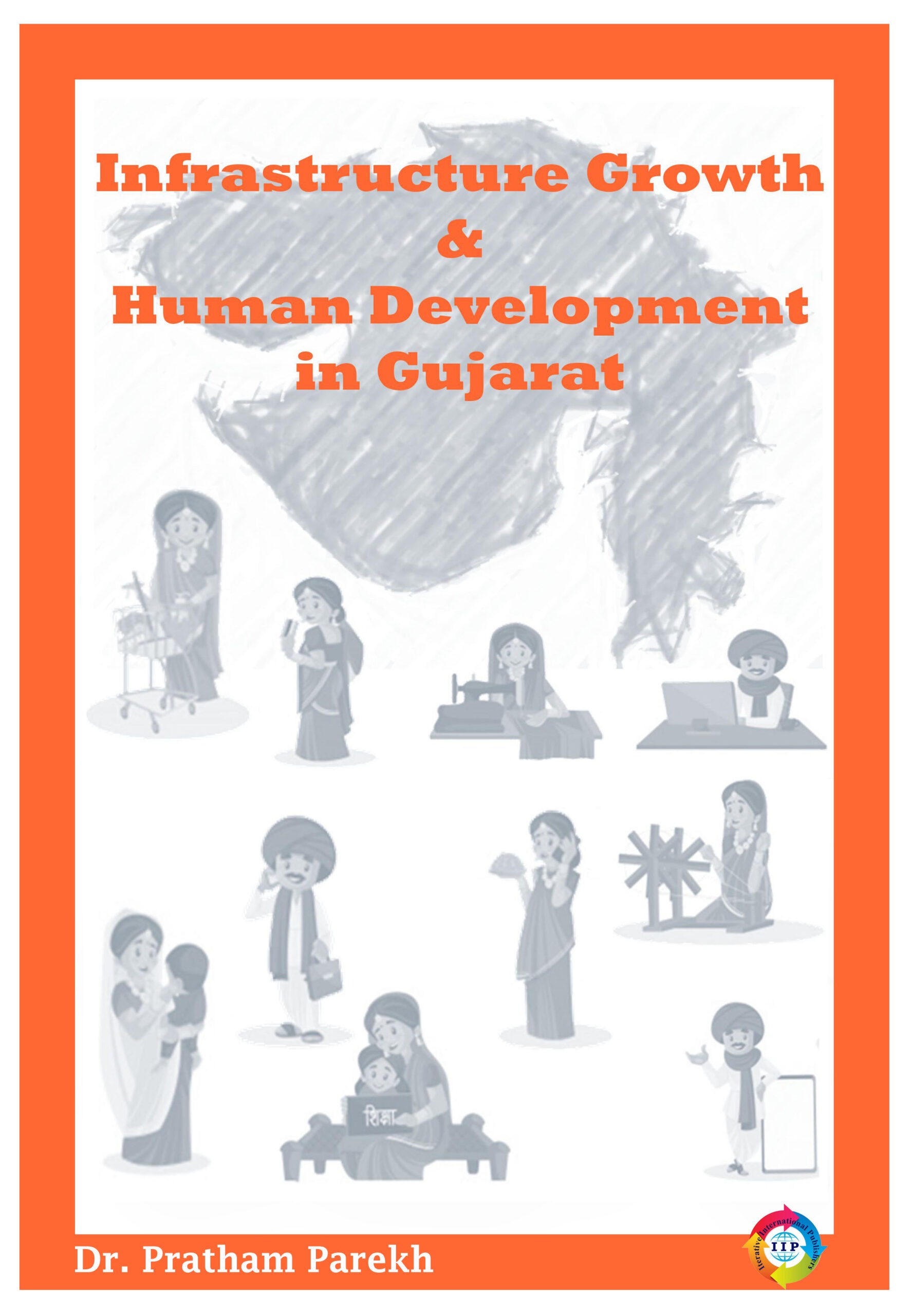Nature and Hinduism are so inextricably linked that it is impossible to think of the one without the other. The need for an ecological balance is stressed in the Vedas and Upanishads and this message is repeated in the Ramayana, Mahabharata, Gita, Puranas and in the messages of Hindu saints. Though Nature is worshipped in Hinduism, for a majority of Hindus, worship is primarily confined to temples and homes; thus contributing, in a way, to global warming, pollution and noxious emissions. No religion, perhaps, lays as much emphasis on environmental ethics as does Hinduism. It believes in ecological responsibility and says like Native Americans that the Earth is our mother. It champions the protection of animals, which are also considered to have souls, and promotes vegetarianism. It has a strong tradition of non-violence or ahimsa. It believes in pantheism, that is, God is present in all nature, in all creatures, and in every human being regardless of their faith or lack of it.
- Plants are mothers and Goddesses. (Rig Veda Samhita x-97-4)
- Trees are homes and mansions. (Rig Veda Samhita x-97-5)
- Sacred grass has to be protected from man’s exploitation (Rig Veda Samhita vii-75-8)
- Plants and waters are treasures for generations. (Rig Veda Samhita vii-70-4)
- One should protect the habitation. (Rig Veda Samhita vi-71-3)
- Waters and herbs should have no poison. (Rig Veda Samhita vi-39-5)
- Waters cleanse humanity from the evil of pollution committed by it. (Atharva Veda Samhita xii-2-40)
Forests have played a vital role in the socioeconomic and cultural life of the tribal people of India. It is well-known that majority of the tribal population lived in isolation in the forested regions of India with harmony, security and trust for many centuries and developed a symbiotic relationship with the forest.
The forest environment satisfies the deep-rooted tribal traditions and sentiments throughout their life until death. Even after death, the deceased tribal is laid to rest in a grave close to a forested region by most of the hunting and gathering tribes of India. Thus, even after death, the tribals are close to the forest.
The forests provide the tribals and other communities living close to the forest habitat, shelter, raw materials for household equipment; other objects of material culture like resins, gums and dyes etc., wood for building houses, fencing and tool making etc., Firewood, herbal medicines; fodder for cattle and grazing areas; other material cultural objects like ornaments and religious items etc. These are some of the direct benefits the tribals and indigenous communities get from the forest.
The relation between forest and tribal is just like water to fish as they are so emotionally attached with forest that in every activity they depend on forest and for this reason they protect the forest also. The study of structure and function of tribal village ecosystem is the need of the hour as the tribal are the only one who can conserve these natural resources which is necessary for a sustainable earth.











Reviews
There are no reviews yet.